The idea to do a new drama adaptation of The Diary of Anne Frank came about because Darlow Smithson chief creative director John Smithson and BBC in-house commissioner for arts, music, performance and religion Adam Kemp wondered why there hadn't been an adaptation on British television for some time. The reason soon became clear when Darlow Smithson Productions tried to get the drama rights and found they were almost never granted.
| THE DIARY OF ANNE FRANK Production company Darlow Smithson Productions (DSP) Producer Elinor Day Director Jon Jones Broadcast from 5 January 2009 on BBC1 Project summary The story of Anne Frank and her family, who spent two years in hiding in a secret annex while Amsterdam was under Nazi control. They were eventually discovered and sent to concentration camps. |
In fact, an ABC production in 2001 with Ben Kingsley as Otto Frank wasn't given the rights and had to tell the story without using Anne's words, which made her a shadowy presence in the story.
John likes nothing better than a challenge and after two years of visits to Amsterdam and Switzerland, the Anne Frank Fonds (estate) realised he was serious and that a fresh adaptation for the BBC was a great way to bring the diary to life for a whole new generation.
With the wonderful Deborah Moggach adapting, we decided to split the diary into five 30-minute episodes, so that it would be like dipping into the diary itself. The diary really lent itself to this shape as it meant the episodes could cover the various stages of the family's plight separately.
Casting was scary because we had no idea if there was a young actress out there to play Anne. She needed to appear 15, look something like Anne Frank and be able to convey her cheeky character and precocious cleverness. After some weeks and an open casting session, Ellie Kendrick walked in and answered our prayers.
We decided to set the drama almost entirely in the famous annex (the house where the family hid) without cutting to the world outside, so that the audience would experience what it was like to be in hiding for two years. We built the annex on a sound stage at Three Mills Studio in east London, meticulously based on the real Anne Frank House in Amsterdam. Our production designer Luana Hanson created the various sets of the rooms they lived in to -precise measurements and -decorative detail.
Our director, Jon Jones, decided not to remove walls or cheat perspectives and scale to make it easier to film, but to work within the accurate dimensions in a four-wall set. This helped create the claustrophobic atmosphere in which two families and a single man (eight people in all) lived for two years. We used the HD Sony 720 camera as we were going to be mainly handheld.
It certainly made for an interesting atmosphere in the studio, as the actors, director, camera and sound crew spent their days in an enclosed set, while the rest of us sat “outside” in the sound stage huddled round the monitor.
On the day we filmed the arrest by the Nazis, the actors emerged from the annex ashen faced and genuinely upset.
Elinor Day is head of film at DSP
My tricks of the trade
|


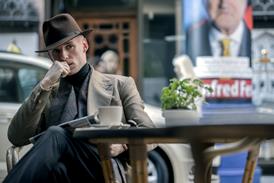




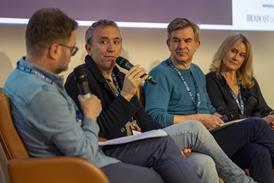
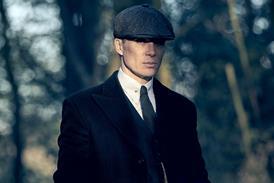
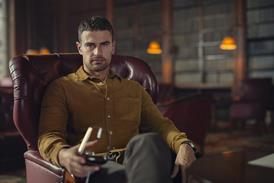

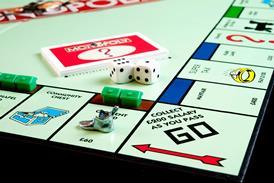
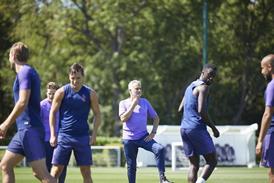
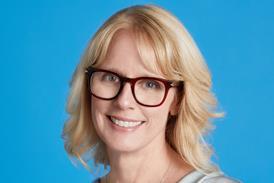


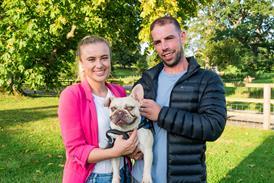












No comments yet